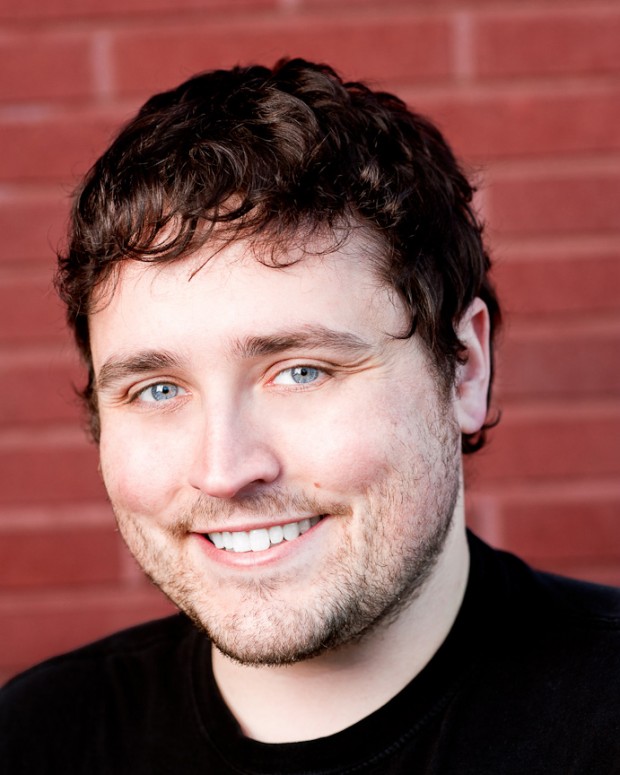
Hi folks, my name is Mike Wiacek (pronounced WHY-sek, WHY-check, or as Matt Kloskowski suggested, “WHY-check-SKI”). Unlike many of the previous guests who have been in this same position, I’m not a full time photographer, graphic designer, or insightful philosopher. I’m an engineer and manager at Google in Northern California. I grew up in Philadelphia, lived in Maryland for a few years, and then moved out to Silicon Valley. When Brad asked me if I’d like to be a guest blogger, my fingers quickly typed, “I’d love to,” long before my brain could understand what my hands had done.
Now before I ramble on too much, let me make a few promises about my little spiel here. I won’t bore you with any technical computer jargon, apart from a brief mention of C++, HTML, and SQL, and as I only mention them in this disclaimer, you’re safely past them now. I also won’t advocate any pro-HDR, anti-HDR, or selective color agendas. I say this even though selective color is almost never a good idea, but I do think Selective Color Agenda would make a fantastic band name. With the legalese out of the way, let’s move on.
I bought my first SLR about 5 years ago. I debated the purchase for nearly 6 months until my wife, Sara, said, “Oh for Pete’s sake, just buy it.” When it arrived, Sara and I headed down to Point Lobos, which is a state park just south of Carmel, CA. Landscape artist Francis McComas once called it, “The greatest meeting of land and water in the world.” I was armed with no clue how to use my Rebel XTi, just some instructions from a friend to put it in Av mode and shoot. After that first trip, I was hooked, even though none of the photos were any good. Having always lived in large cities, I’d never been one to go to state and national parks, but now I was a photographer. I now not only wanted to go to these places – I had to go to them.
I fell in love with landscape photography, and as many before me, it made me fall in love with California. I was new to the area and to be honest, I didn’t know when I moved out here that I would only be a short drive from Napa Valley, Yosemite, Mammoth Lakes, Big Sur, Redwoods National Forest; the list goes on and on. And so, here I was, an amateur photographer living in quite possibly the best place in the world for any photographer to call home. I did the only reasonable thing. I started exploring, seeing places in person that I had taken for granted as existing only in magazines and books.
As I started shooting more and more, something unexpected happened. I began to notice potential photographs pretty much all around me. I think as a photographer you become more aware of your surroundings. Such moments can be in the way a cloud rolls over a mountain peak, or the way the sun illuminates a person’s face through an airplane window, or the expression of a child meeting their hero at Disneyland. These moments are gifts and as photographers, it’s our job to capture them. To make this concept more concrete, I often think of Eisenstaedt’s photo of the sailor kissing the nurse after the end of World War II. That single image captures the elation, joy, and relief not only of a single soldier, but of the entire world. That’s why, 70 years later, we still know this photo. It carries a gravity with it, that is both timeless and grounded in our collective memory.
Before I moved to California, I salvaged a box containing family photos that was mistakenly put out with the trash. They sat in that box for several years, almost forgotten. As my experience in retouching my own images grew (thanks in no small part to Kelby Training), so did my interest in preserving those old family photos. I started sorting the box of images, and I realized that some of them were over 70 years old. I was shocked. I couldn’t believe how close we had come to the entire photographic record of my family being lost forever. I packed the images up in plastic wrap, and prepared to ship them off to be scanned. It was an incredibly emotional and thought provoking moment for me. All tangible forms of the smiles, tears, joy, and pride of four generations were wrapped in cellophane, sitting on my granite counter.
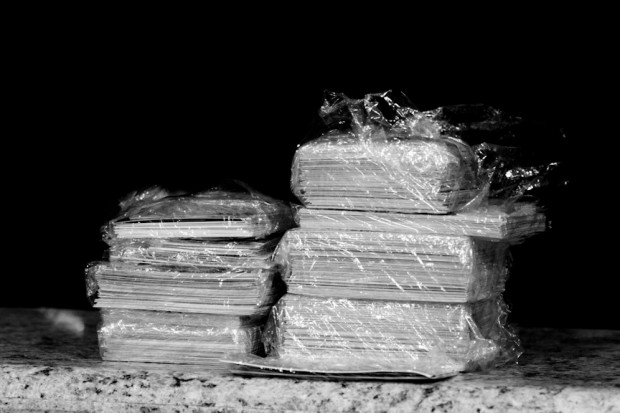
My mother’s brother, my uncle, died before I was born. An accidental fire broke out while he was asleep one night. Even though I never knew him, I feel a profound sense of loss and pain when I think about what happened so many years ago. Very little survived the fire, and what pictures of him we still had, were in this pile of photos. None were larger than a 4×6.
When the images were returned, I cropped, straightened, and restored nearly 1000 of them. I removed scratches, long set color casts, and fixed the aging paper. Mixed in with the stack of photos, I found one of my uncle from when he was on vacation. I don’t think my mother or I even knew it existed. I spent nearly a week fixing it. I removed a honeycomb pattern from the paper, added sharpness where I could, and enlarged the image to a 12×18. I had it framed, and I gave it to my mother for Christmas that year. I don’t think I’ve ever given her a better gift, than the rescued photo of her only brother. She hung that picture in her living room, and even without saying it, I knew how important it was to her.
That’s when I realized the second obligation of a photographer, and it’s one that most of us don’t do well at all. We have a tendency to want to be behind the lens, as a passive observer of life. However, we are part of the story, even if we don’t want to admit it. Most family photos are missing one person, and that’s unfortunate. And if that person is a photographer, the problem is often compounded. So while we strive to record those little moments that express true magic, we must also remember to participate in them. We are only on this earth for a short time, and while we may create memories in the form of photographs, we are not truly passive observers. We do have a place and a role to fulfill. When we’re gone, those who remain will never look back and wish that we had captured one more sunset image, but rather that we had spent one more sunset together.
Don’t forget to sometimes put the camera down, and stop trying to capture life, but live it. Accept that there are truly wonderful experiences on both sides of the lens, and while we can never capture them all, we don’t need to. Life is too short to try.
You can see more of Mike’s work at MikeWiacek.com, find him on Google+ and Twitter, and come see him in person at the Google+ Photographer’s Conference!



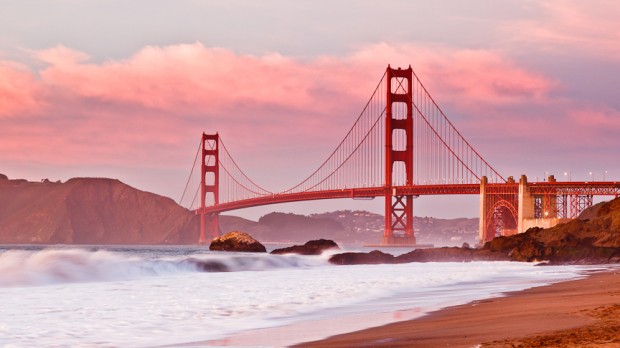
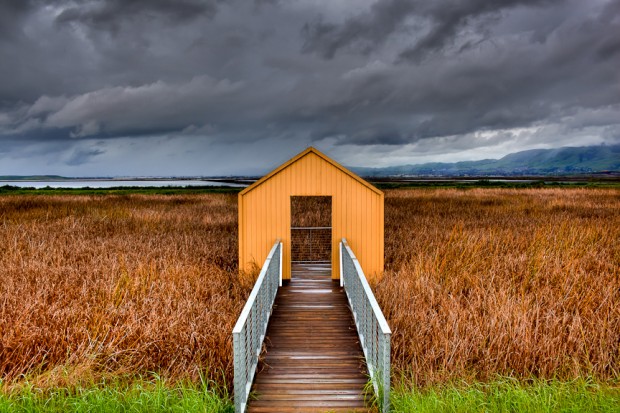

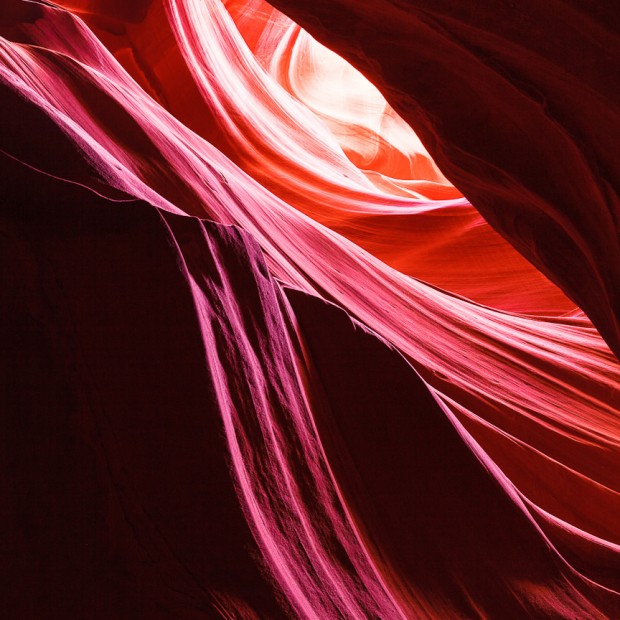
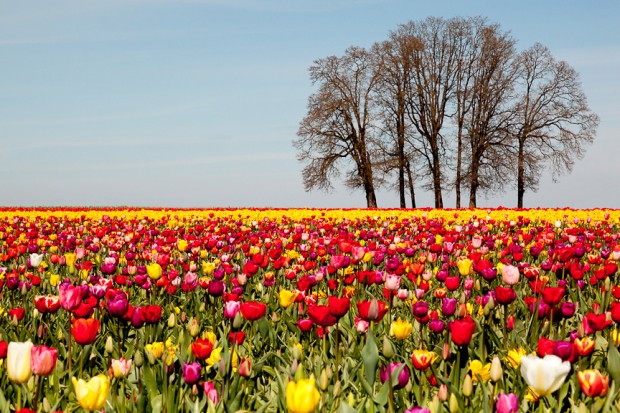
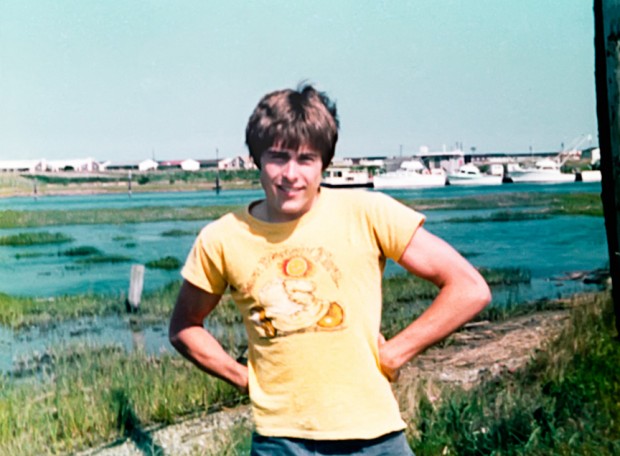
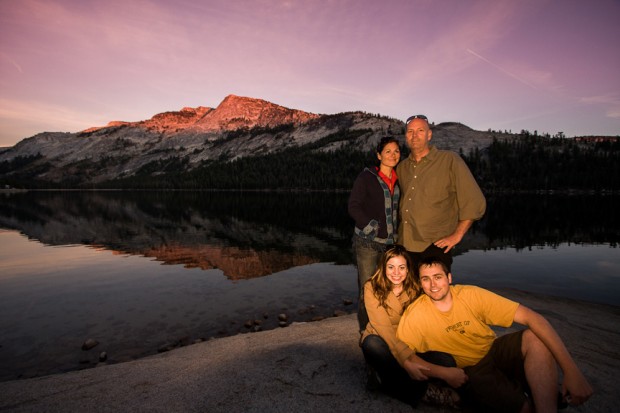
“Don’t forget to put the camera down”
So true and possibly the most valuable piece of photo blogging ever…
Wonderful story accentuates the excellent photos.
 Nice collection! I’ve always been a photography lover ever since, I love everything from nature, wildlife and portrait. I am an Athletic Trainer by Profession but always had a keen Interest in photography. The main focus of my business recently has been strength in wedding photography.
Very moving story and beautiful photographs. You now have a new G+ follower :)
Wonderfully written, thank you for sharing your thoughts and experiences!
Great post. I needed the reminder to get out from behind the lens and in the pictures more! Cheers.
Nice to read about someone with a similar background than mine. Great pictures and good advice!
Really thoughtfull post, gets you thinking about the pictures that matter to people not just the artistic one.
I have several boxes of slides taken by my Grandad, who I never got to meet, this article has reminded me to take a trip through them and all the people in them who are not with us anymore. Thank you.
Don’t forget to sometimes put the camera down, and stop trying to capture life, but live it. <—great advice!
Such an insightful post. Very nice to see the perspective of a photographer with a similar experience to mine.
Â
“When we’re gone, those who remain will never look back and wish that we had captured one more sunset image, but rather that we had spent one more sunset together.” –so true! I know that I tend to get so caught up in capturing the moment that I forget to include myself in photos. I’m inspired to include myself in more of the moments I try to capture.
Awesome down to earth blog! I sent my deceased dads slides off to be scanned (about 1000) and its great to have them on a DVD, we lived in Alaska, wished he had used a tripod :). You are so right about putting the camera down. When I’m shooting sports or concerts it gives me tunnel vision and I’m oblivious at what is really going on. sometimes it’s even good to just leave the camera at home…but not often!
Thanks for sharing! KT
Nice Monty Python allusion in the second paragraph. And now, for something completely different…
Good job Mike. I enjoyed hearing about your path along your photographic journey. Thank you for sharing.
Mark Astmann
Beautifully written
Superb. Thanks for writing this. Also a question: I have a thousand precious family photographs that are too many for me to scan, but I’m afraid to “send them off” to the other side of the world for scanning since they could easily be lost. I’m sure you were concerned about the same thing. Would you tell us what you did? Thanks.
Nicely written, some good advice, and to me the first and third images are knockouts….
Thanks for sharing.
Beautiful pictures and thoughts, Mike.Â
Great job Michael, great photos, but the best was last paragraph, you nailed it well written my friend.
Â
Beautiful pictures!
It’s an excellent hobby for anyone who likes traveling.
Thanks for the reminder to participate in the photos and not just make them.
Great post Mike! I must admit that as the self appointed family photographer, it is nearly impossible to put down the camera. The chronicling of the most important events in our family’s lives is best done in photos. I have come to see the wisdom of enjoying life on both sides of the lense but some how it just dosen’t feel natural.
A Â great read mate and superb to see you on here.
Thanks for sharing,
Glyn :)
This was one of the best interviews I ever read here. I loved it. Thank you for sharing.
Great post Mike. Beautiful picture.